Increasing Water Scarcity
The rising concern over water scarcity is a pivotal driver for the Tertiary Water And Wastewater Treatment Equipment Market. As populations grow and industrial activities expand, the demand for clean water intensifies. According to recent data, nearly 2 billion people live in countries experiencing high water stress, which necessitates advanced treatment solutions. Tertiary treatment processes, which enhance the quality of wastewater for reuse, are becoming essential. This trend is likely to propel investments in treatment technologies, as municipalities and industries seek to optimize water use and ensure sustainable supply. The urgency to address water scarcity challenges is expected to drive innovation and adoption of tertiary treatment systems, thereby expanding the market significantly.
Technological Advancements
Technological advancements play a crucial role in shaping the Tertiary Water And Wastewater Treatment Equipment Market. Innovations such as membrane filtration, advanced oxidation processes, and biological treatment methods are enhancing the efficiency and effectiveness of tertiary treatment systems. For instance, membrane bioreactors (MBRs) are gaining traction due to their ability to produce high-quality effluent suitable for various applications. The market for MBRs alone is projected to grow at a compound annual growth rate of over 10% in the coming years. These advancements not only improve treatment outcomes but also reduce operational costs, making tertiary treatment more accessible to a broader range of users. As technology continues to evolve, it is likely to drive further growth in the market.
Growing Awareness of Water Reuse
The growing awareness of water reuse is a driving force behind the Tertiary Water And Wastewater Treatment Equipment Market. As communities and industries recognize the benefits of recycling wastewater for non-potable applications, the demand for tertiary treatment systems is likely to increase. This trend is particularly evident in arid regions where water scarcity is a pressing issue. According to estimates, the global market for water reuse technologies is expected to reach several billion dollars by the end of the decade. Tertiary treatment processes, which enable the safe reuse of treated wastewater for irrigation, industrial processes, and even potable applications, are becoming increasingly vital. This heightened awareness is expected to stimulate investments in treatment technologies, further propelling market growth.
Regulatory Pressures and Standards
Regulatory pressures and evolving environmental standards are significant drivers for the Tertiary Water And Wastewater Treatment Equipment Market. Governments and regulatory bodies are increasingly mandating stricter effluent quality standards to protect water resources and public health. For example, regulations concerning nutrient removal and pathogen reduction are becoming more stringent, compelling industries and municipalities to invest in advanced tertiary treatment solutions. The market is expected to witness a surge in demand as compliance with these regulations becomes non-negotiable. Furthermore, the potential for penalties and legal repercussions for non-compliance adds urgency to the adoption of effective treatment technologies, thereby fostering market growth.
Investment in Infrastructure Development
Investment in infrastructure development is a key driver for the Tertiary Water And Wastewater Treatment Equipment Market. Many regions are undertaking significant upgrades to their water and wastewater treatment facilities to meet growing demand and regulatory requirements. For instance, the United Nations estimates that approximately 80% of wastewater is discharged untreated, highlighting the urgent need for improved infrastructure. As governments and private entities allocate funds for modernization projects, the demand for tertiary treatment equipment is likely to rise. This investment not only enhances treatment capacity but also improves the overall efficiency of water management systems. Consequently, the market is poised for growth as infrastructure development initiatives gain momentum.


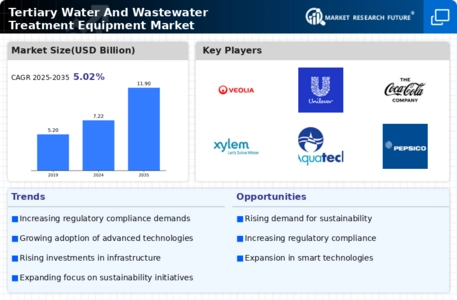
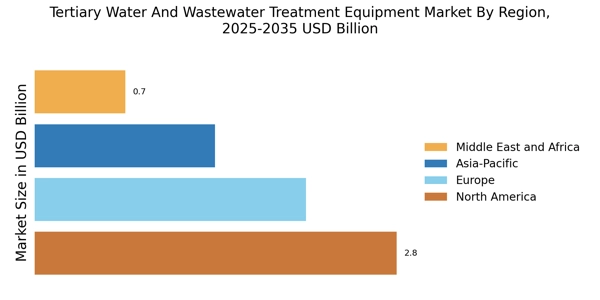
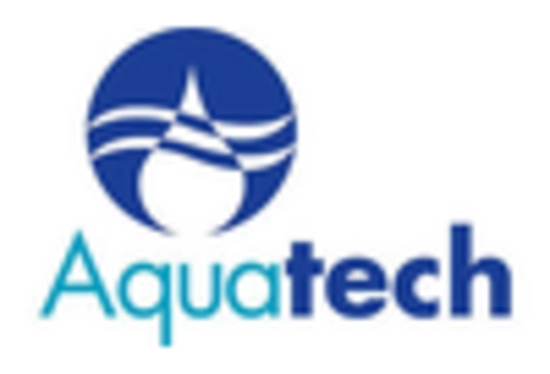
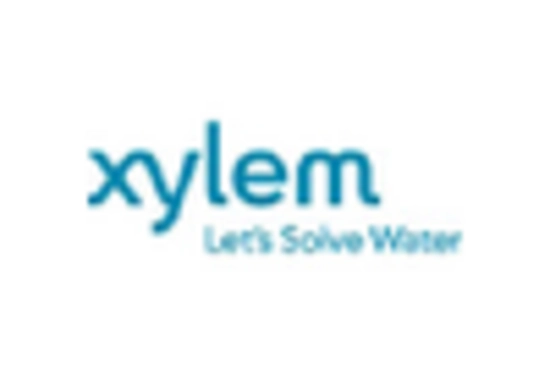

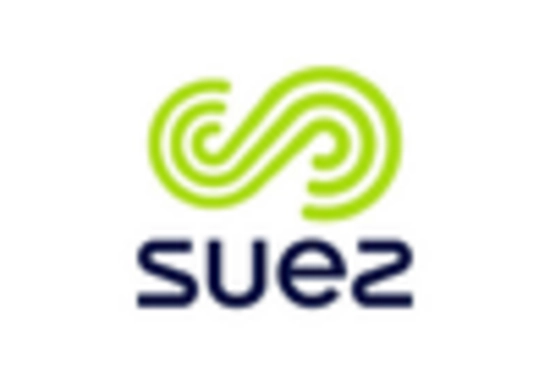

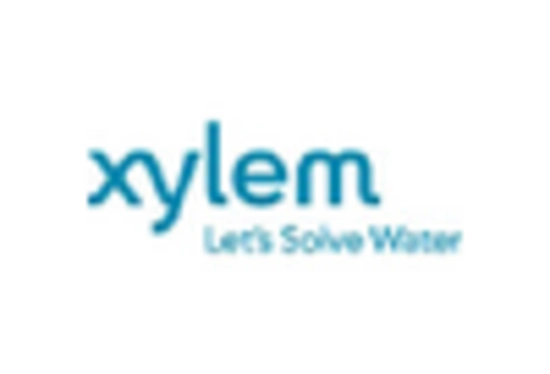








Leave a Comment